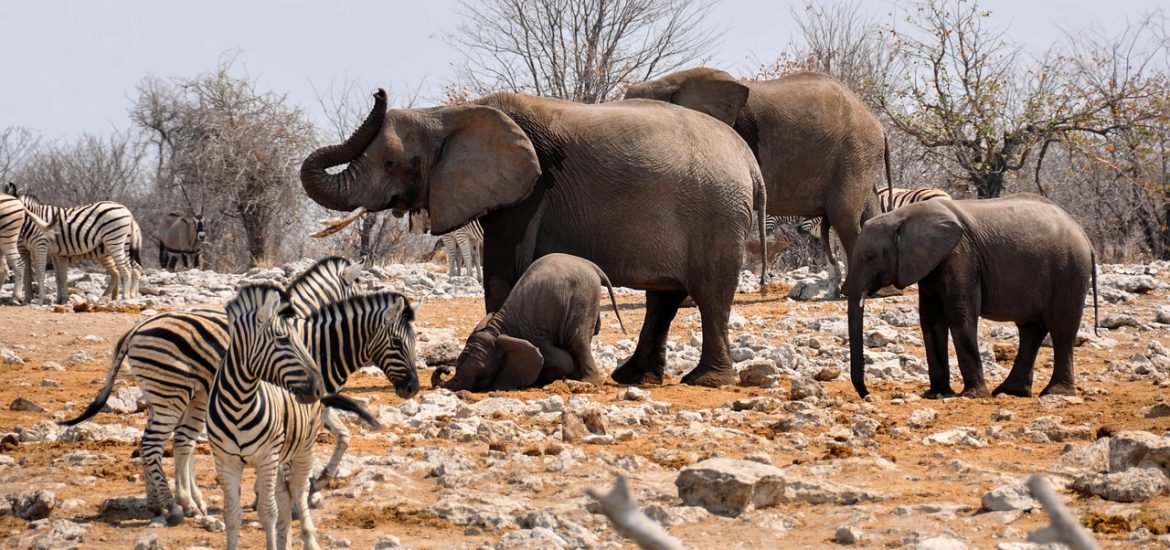
Climate change will push some species over their tipping point as temperatures continue to increase, according to a new study published in Nature Ecology and Evolution. The authors developed a way to predict when and where climate change will most likely expose species to dangerous temperatures.
A team of researchers from UCL, UK, analysed data from over 3500 species of animals — including plankton, fish, birds, reptiles, amphibians, and mammals — coming from every continent and ocean basin as well as climate projections up to 2100. For each species, the authors identified areas where they would cross a threshold of thermal exposure (defined as the first five years with temperatures exceeding the most extreme temperature compared to its recent history). Animals don’t necessarily die as soon as the threshold is crossed, but it’s unlikely to survive in that area for a long time. This means an abrupt loss of habitat caused by climate change.
Results show a consistent trend with many different animals crossing their thermal exposure in large areas within their geographic range within the same decade. “It is unlikely that climate change will gradually make environments more difficult for animals to survive in. Instead, for many animals, large swaths of their geographic range are likely to become unfamiliarly hot in a short span of time,” said lead author Dr. Alex Pigot (UCL Centre for Biodiversity & Environment Research, UCL Biosciences). “While some animals may be able to survive these higher temperatures, many other animals will need to move to cooler regions or evolve to adapt, which they likely cannot do in such short timeframes. Our findings suggest that once we start to notice that a species is suffering under unfamiliar conditions, there may be very little time before most of its range becomes inhospitable, so it’s important that we identify in advance which species may be at risk in coming decades.”
It seems that the extent of climate change makes a difference. If the planet warms up by 1.5°C, it will affect about 15% of the species studied, but this value doubles to 30% if climate change reachers at 2.5°C of warming. “Our study is yet another example of why we need to urgently reduce carbon emissions to mitigate the harmful effects climate change is having on animals and plants and avoid a massive extinction crisis,” added Dr. Pigot.
The authors hope these results can be used as an early warning signal to identify animals at risk in certain areas and help conservation efforts. “In the past, we’ve had snapshots to show the impact of climate change, but here we are presenting the data more like a film, where you can see the changes unfold over time. This shows that for many species, the risk is a bit like everything, everywhere, all at once. By animating this process, we hope to help direct conservation efforts before it’s too late while also showing the potentially catastrophic consequences of letting climate change continue unchecked,” said co-author Dr. Christopher Trisos (African Climate and Development Initiative, University of Cape Town).
Pigot, A.L., Merow, C., Wilson, A. et al. Abrupt expansion of climate change risks for species globally. Nat Ecol Evol (2023). https://doi.org/10.1038/s41559-023-02070-4